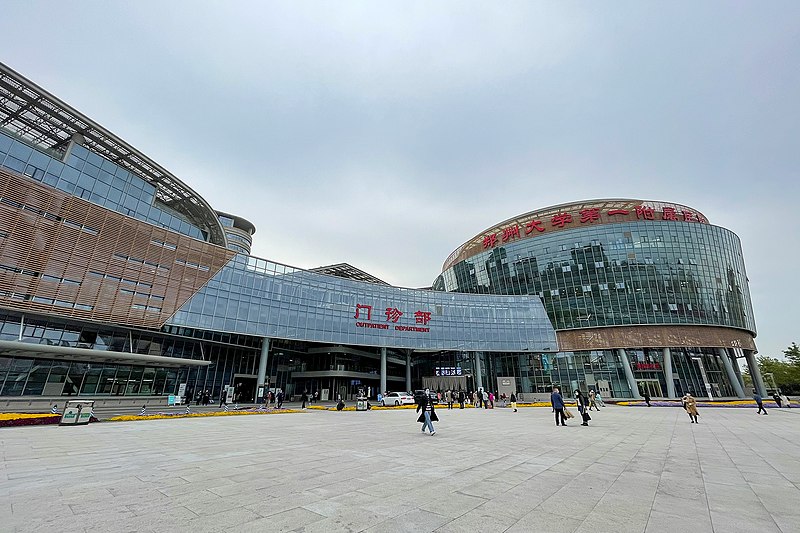
NMPA announced the “Measures for Supervision and Inspection of Medical Device Clinical Trial Institutions (Trial)” on March 12, 2024, for feedback, along with the inspection checkpoints and judging principles. Feedback needs to be submitted by April 10, 2024.
These measures will be finalized to apply to the inspection and punishment, carried out by provincial medical products administrations, on the implementation of GCP for medical devices and IVDs.
For an English copy of the Measures with inspection checkpoints and judging principles, please email us at info@ChinaMedDevice.com. We charge nominal fees for the translation.
China Med Device, LLC (CMD) has helped a company with clinical trial and clinical onsite inspection for its absorbable hemostatic powder, a Class III absorbable implants. Click HERE for more information. CMD’s proven approach of integrating technical, clinical and regulatory knowledge and experience has overcome the challenges along the way and expedited clients’ time to Chinese market.
Key Highlights of the Measures
- Different types of inspections can be combined:
- Routine Supervisory Inspections occur annually to assess if testing institutions meet registration requirements and comply with quality management standards for medical device clinical trials. They prioritize risk, focusing on the institution’s ongoing clinical trial projects, especially during initial post-registration inspections.
- Cause-Driven Inspections target specific quality and safety risks or significant allegations of violations, allowing unannounced visits to investigate potential issues.
- Other inspections, like special or random spot checks, supplement above approaches to ensure compliance and quality standards are maintained in testing institutions.
- The following circumstances should be prioritized or have increased inspection frequency:
- Authenticity issues or serious defects are found within 2 years
- Non-compliance conclusion is reached within 2 years
- Principal investigator undertakes a large number of clinical trial projects at the same time, the principal investigator’s management capabilities or the number of researchers are relatively insufficient
- Complaints, reports or other clues indicating the existence of quality and safety risks;
- Other indications that the trial institution may have quality management risks, such as: clinical trials have not been carried out for more than one year and trials are subsequently resumed.
- The inspection process primarily involves on-site inspections, with remote inspections conducted when necessary.
- Conclusions from on-site inspections are categorized into three types: “Compliant”, “Requires Rectification for Assessment” and “Non-Compliant” If no defects are found, or if defects found have minimal impact on subject safety or trial data quality, the conclusion is “Compliant”. If defects may affect subject safety or trial data quality but the overall quality management is deemed acceptable, the conclusion is “Requires Rectification for Assessment”. If defects are severe and could seriously impact subject safety or trial data quality, indicating serious deficiencies in quality management or failure to meet basic registration requirements, the conclusion is “Non-Compliant”.
- The inspected organization must promptly rectify any identified defects and submit a rectification report to the medical device inspection agency within 20 working days after the on-site inspection concludes. The report should include the causes of defects, risk assessments, risk controls, rectification measures, and assessments of rectification effectiveness. If rectification cannot be completed in the short term, a feasible rectification plan should be developed and included in the rectification report. After completing rectification according to the plan, the organization must promptly submit a supplementary rectification report to the medical device inspection agency.
- After rectification, for institutions assessed as “Compliant”, they must self-correct any identified defects and take preventive measures, with provincial bureaus incorporating them into routine supervision. For those assessed as “Non-Compliant”, the authority may require them to suspend new medical device clinical trials. If an institution assessed as “Non-Compliant” is found to have concealed relevant information or provided false materials during the clinical trial institution registration process, or if they are deemed unsuitable to continue conducting medical device clinical trials due to defects, they must voluntarily cancel their registration. Failure to do so will result in the provincial bureau reporting to the NMPA for cancellation of their institution or specialty registration.
- Once registration is revoked, the institution or specialty may not conduct new medical device clinical trials, and ongoing trials may not enroll new subjects.
- SEO Powered Content & PR Distribution. Get Amplified Today.
- PlatoData.Network Vertical Generative Ai. Empower Yourself. Access Here.
- PlatoAiStream. Web3 Intelligence. Knowledge Amplified. Access Here.
- PlatoESG. Carbon, CleanTech, Energy, Environment, Solar, Waste Management. Access Here.
- PlatoHealth. Biotech and Clinical Trials Intelligence. Access Here.
- Source: https://chinameddevice.com/clinical-trial-inspection/
